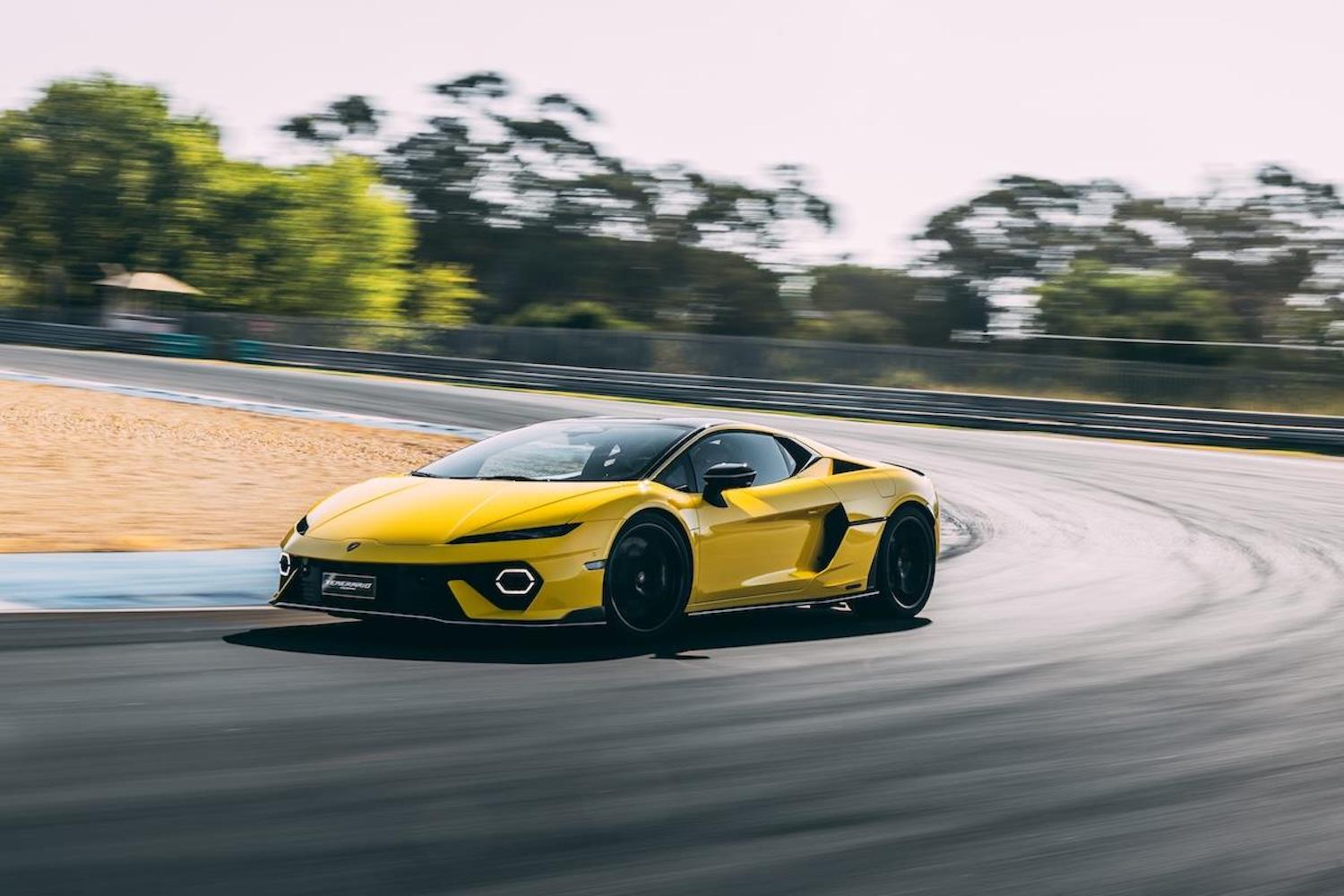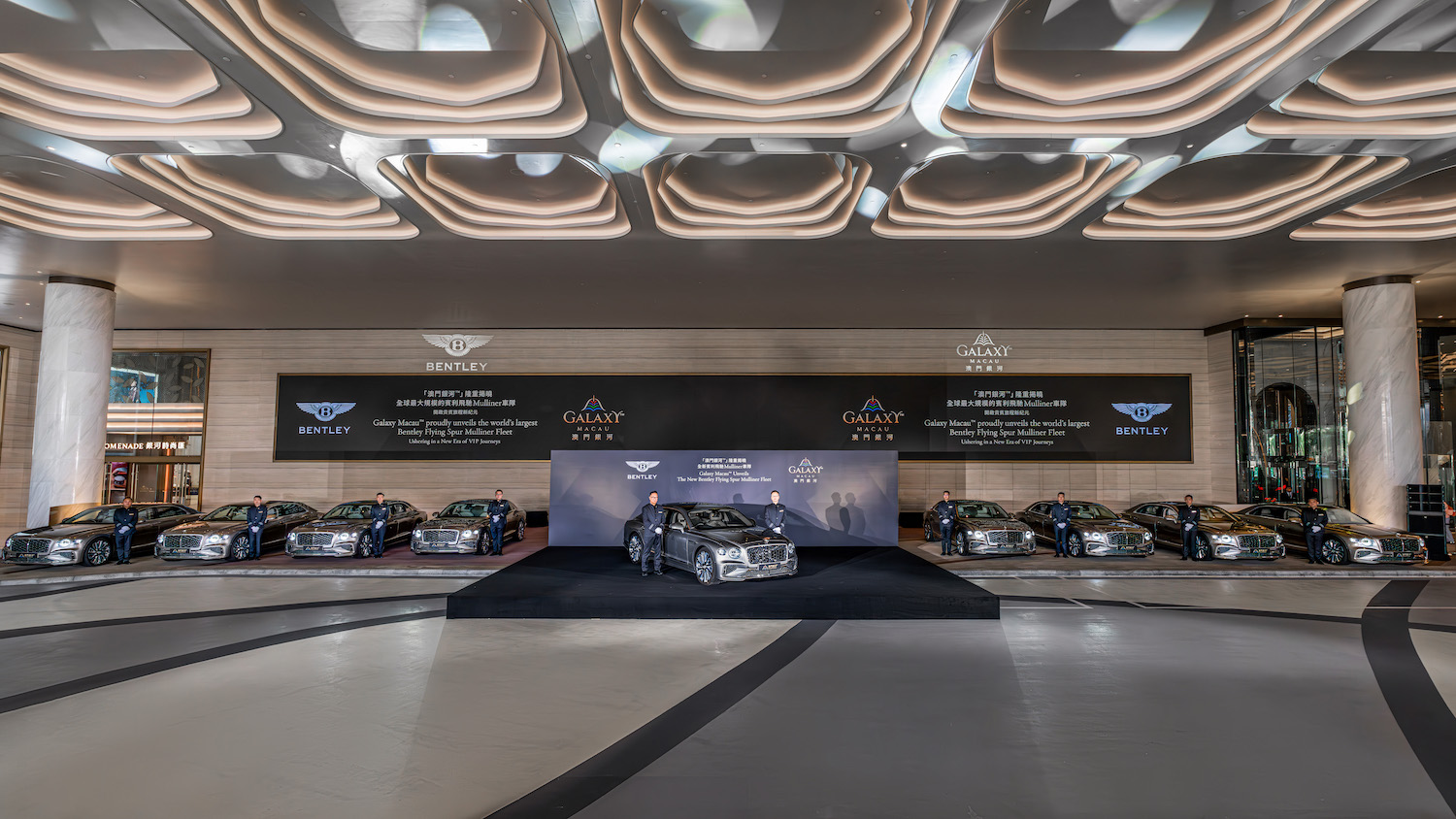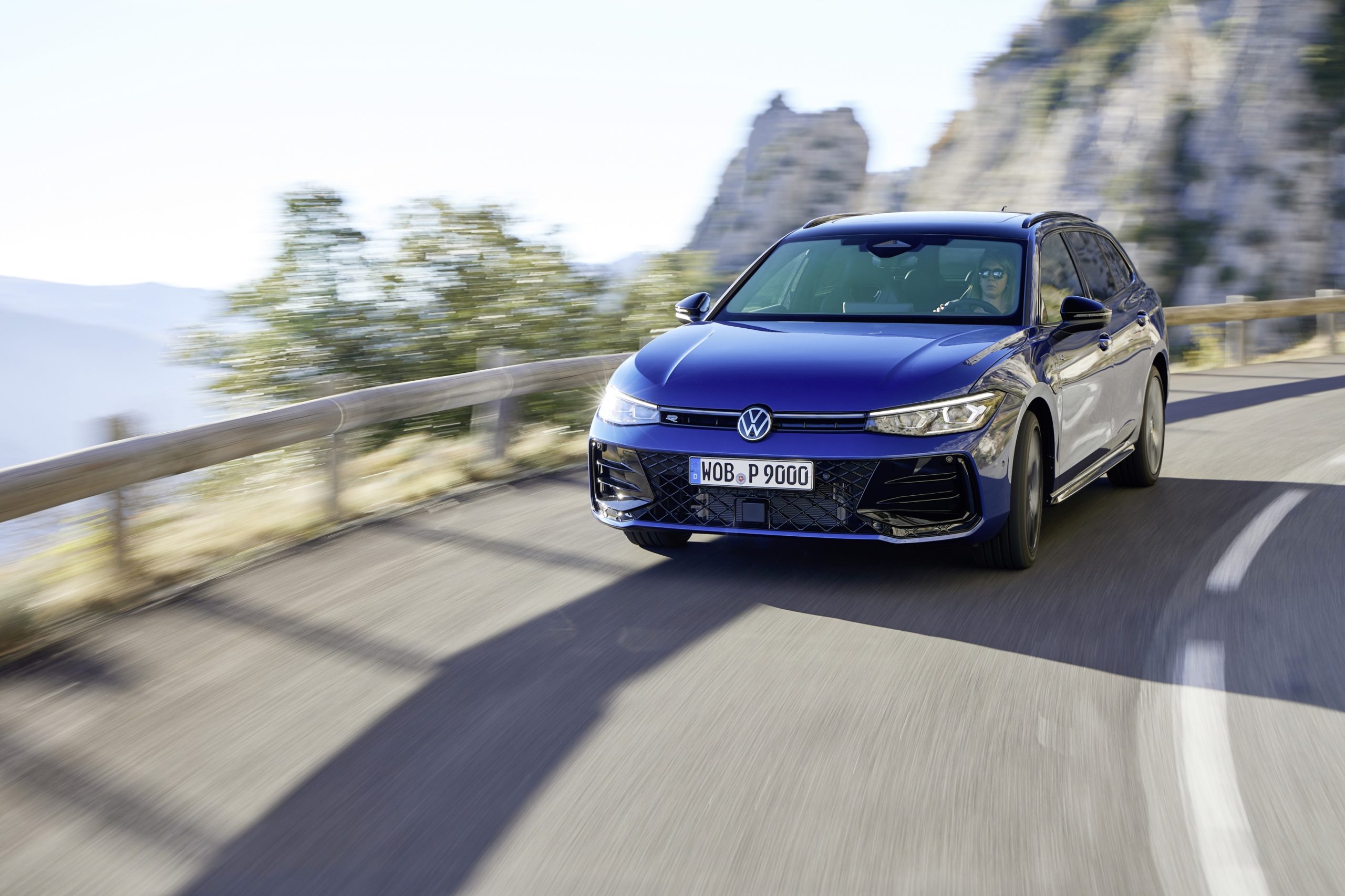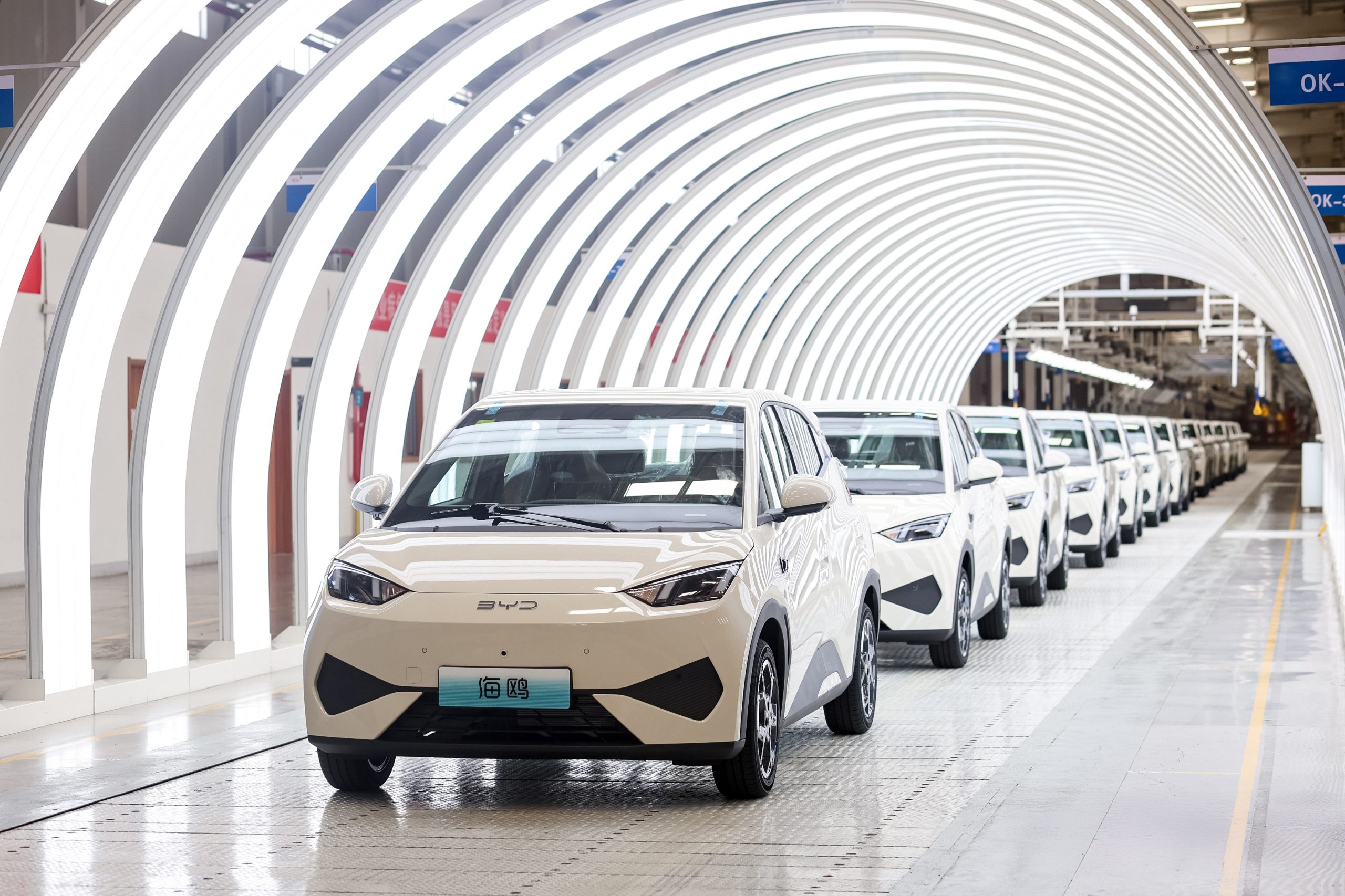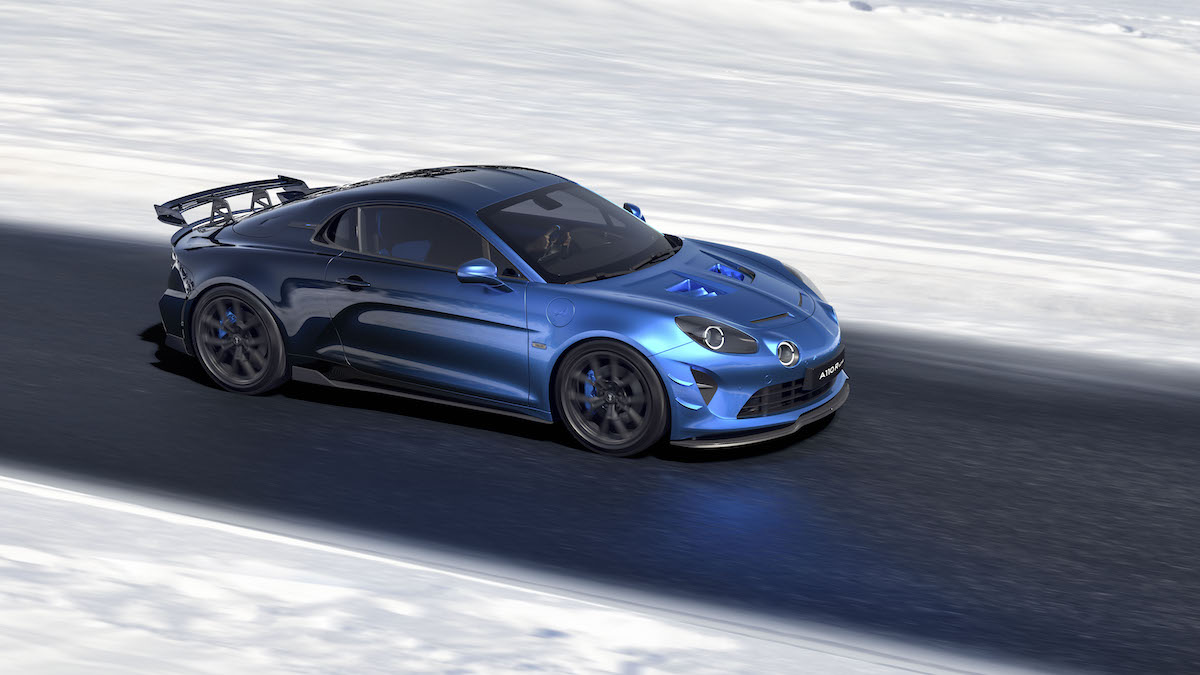New Volkswagon ID.7 models: extremely dynamic GTX and a WLTP range of up to 709 kilometres with the ID.7 Pro S


Volkswagen is expanding its range of ID.7 models with the new ID.7 GTX3 – a fastback with 250 kW (340 PS) output and electric all-wheel drive that sits alongside the ID.7 GTX Tourer that was unveiled earlier this year. Also coming soon are the rear-wheel-drive ID.7 Pro S2 and ID.7 Tourer Pro S5 that develop a maximum output of 210 kW (286 PS). All four new ID.7 versions are equipped with an 86-kWh battery.
ID.7 GTX – 0–100 in 5.4 seconds. Alongside the ID.7 GTX Tourer, the new ID.7 GTX is currently the most powerful electric vehicle from Volkswagen. This fastback powers from a standstill to 100 km/h in just 5.4 seconds. It’s a thrill to experience the punch with which the 250 kW become available from one second to the next. The ID.7 GTX effortlessly brings its power to the road thanks to the electric dual-motor all-wheel drive with an electric motor on the front and rear axles. And this performance model boasts a WLTP range of up to 595 km1. The ID.7 GTX’s battery can be charged with up to 200 kW at DC fast charging stations. At its quickest, the 86-kWh battery charges from 10 to 80 per cent in just 26 minutes.
ID.7 GTX – exclusive look and equipment. The new ID.7 GTX is recognisable thanks to the distinctive GTX design at the front and rear. In addition, the fastback now has a significantly improved range of standard equipment. Exterior features include the new 20-inch Skagen alloy wheels with diamond-cut surfaces and the IQ.LIGHT LED matrix headlights with illuminated Volkswagen logos at the front and rear. The vehicle has a unique light design thanks to the daytime running lights at the front, which have been designed specifically for the GTX. Meanwhile, the interior has a refined look owing to features such as heated seats with red contrasting topstitching and perforated GTX lettering on the backrests. Another GTX-specific feature is the multi-function steering wheel with a red centre panel and red topstitching. The interior of the ID.7 GTX is illuminated by 30-colour ambient lighting. Other standard equipment includes wireless App-Connect for Apple CarPlay and Android Auto, the augmented reality head-up display, the IDA voice assistant with integrated ChatGPT (AI/artificial intelligence), a two-zone automatic air conditioner, the keyless locking and starting system Keyless Access and an anti-theft alarm system. Among the latest optional technologies is Park Assist Pro, which allows users to control parking procedures using their smartphone.7
ID.7 GTX Tourer – the most powerful of all Volkswagen estates. The new ID.7 GTX Tourer is identical to the GTX fastback in terms of its technology. However, the two versions differ when it comes to their luggage compartments. While the ID.7 GTX Tourer can hold up to 605 litres of luggage with five people on board (with Tourer rear seat backrests in cargo position), the ID.7 GTX fastback has a maximum luggage compartment capacity of 532 litres. This means the GTX models offer the same generous luggage compartment capacity as the other vehicles in the ID.7 product line. The same applies to the maximum roof load of 75 kg. The new ID.7 GTX Tourer accelerates from 0 to 100 km/h in 5.5 seconds. The WLTP range of the most powerful Volkswagen estate ever built is up to 585 km1.
ID.7 Pro S and ID.7 Tourer Pro S – 86 kWh instead of 77 kWh. Until now, the ID.7 models have been available exclusively as Pro versions with a 77-kWh battery on board. The new ID.7 Pro S versions – just like the new ID.7 GTX models – are now equipped with an 86-kWh battery as standard (gross capacity: 91 kWh). The ranges are thus noticeably longer: the WLTP range of the new ID.7 Tourer Pro S has been boosted to up to 690 km1, while the ID.7 Pro S fastback’s range is up to 709 km.1 This means that both ID.7 Pro S versions have entered the range spectrum of models with combustion engines. In terms of equipment, the ID.7 Pro S and ID.7 Tourer Pro S take their lead from the Pro versions.
UK specifications for these new models may vary and will be confirmed soon.
Volkswagon ID.7 Photo Gallery
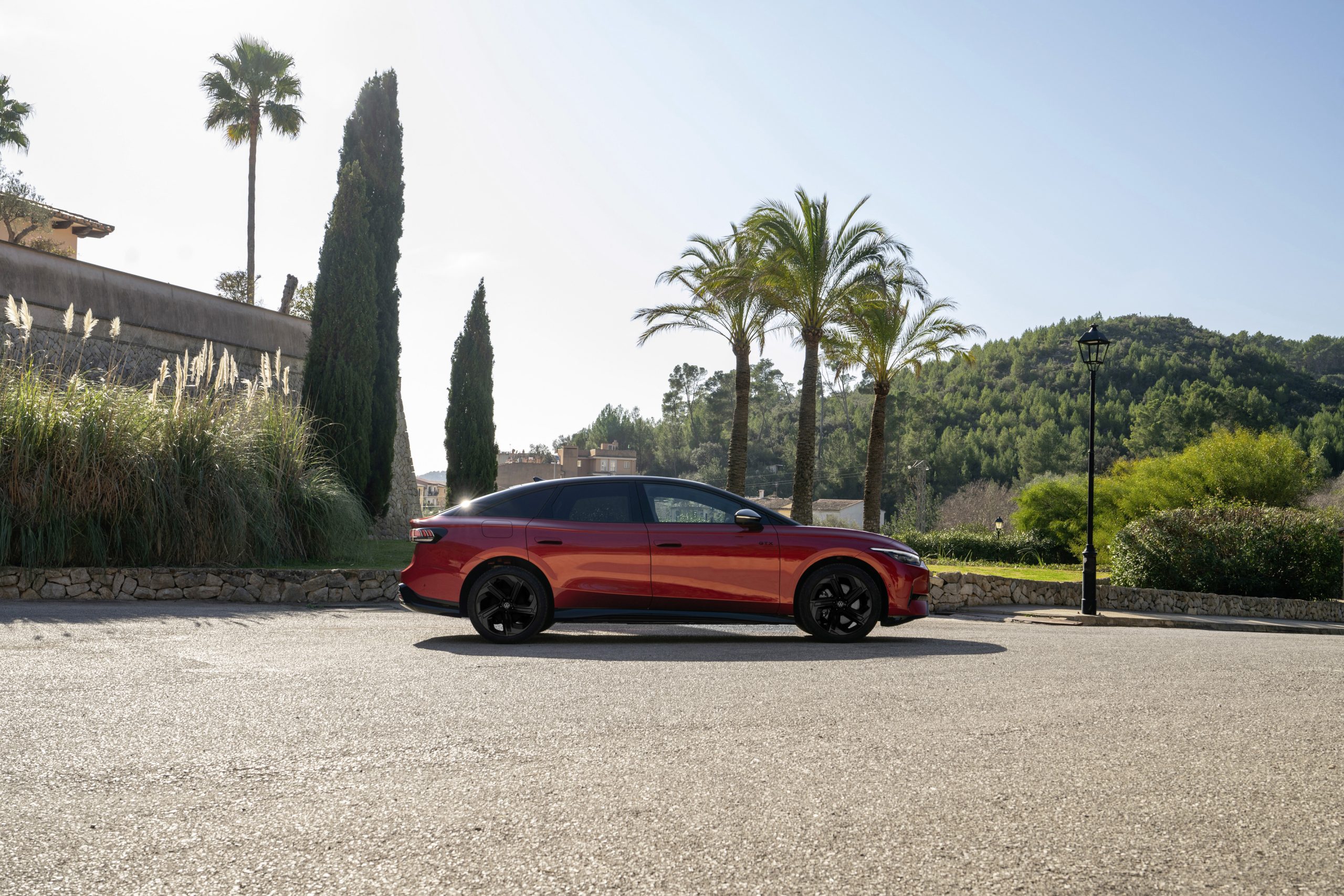
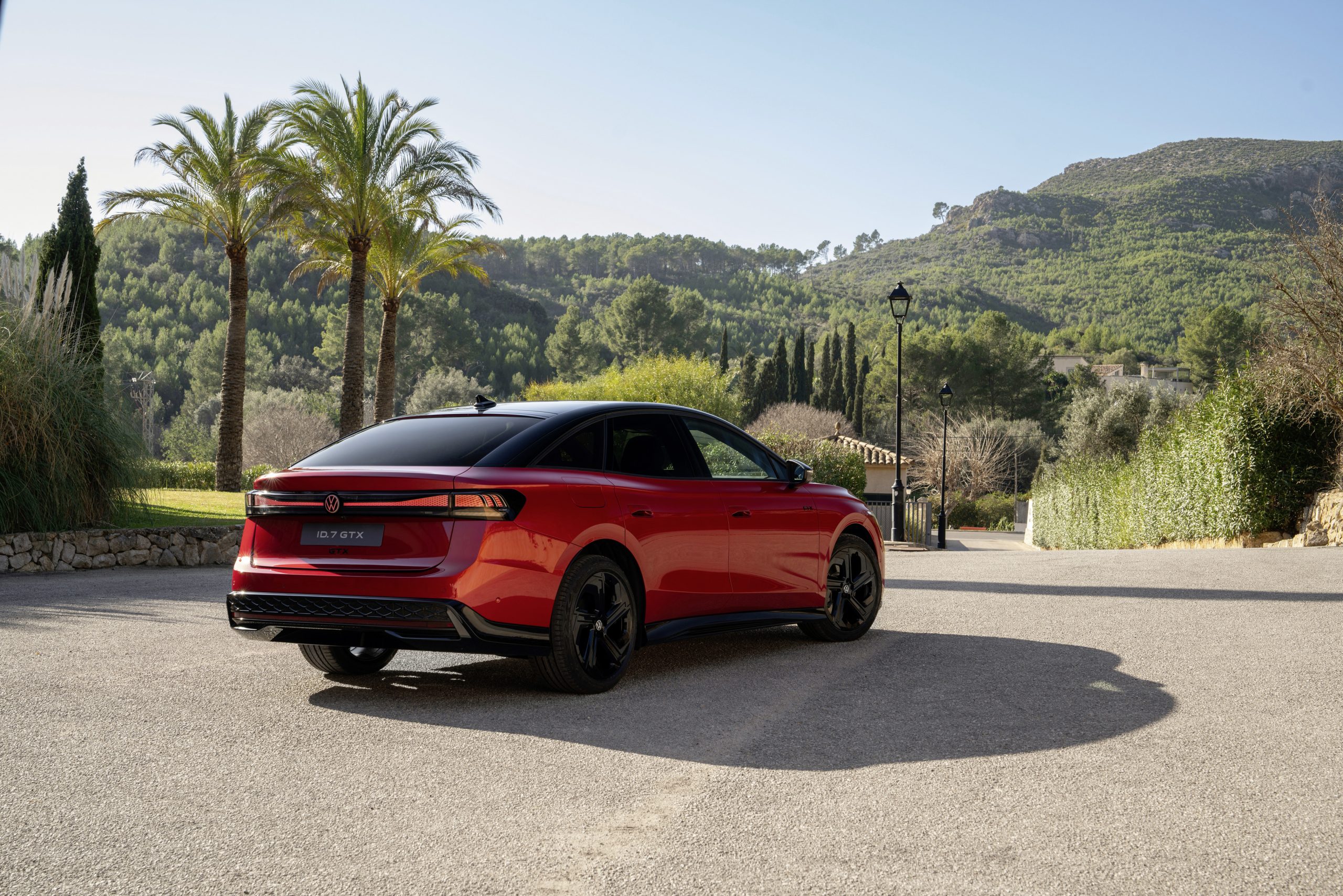


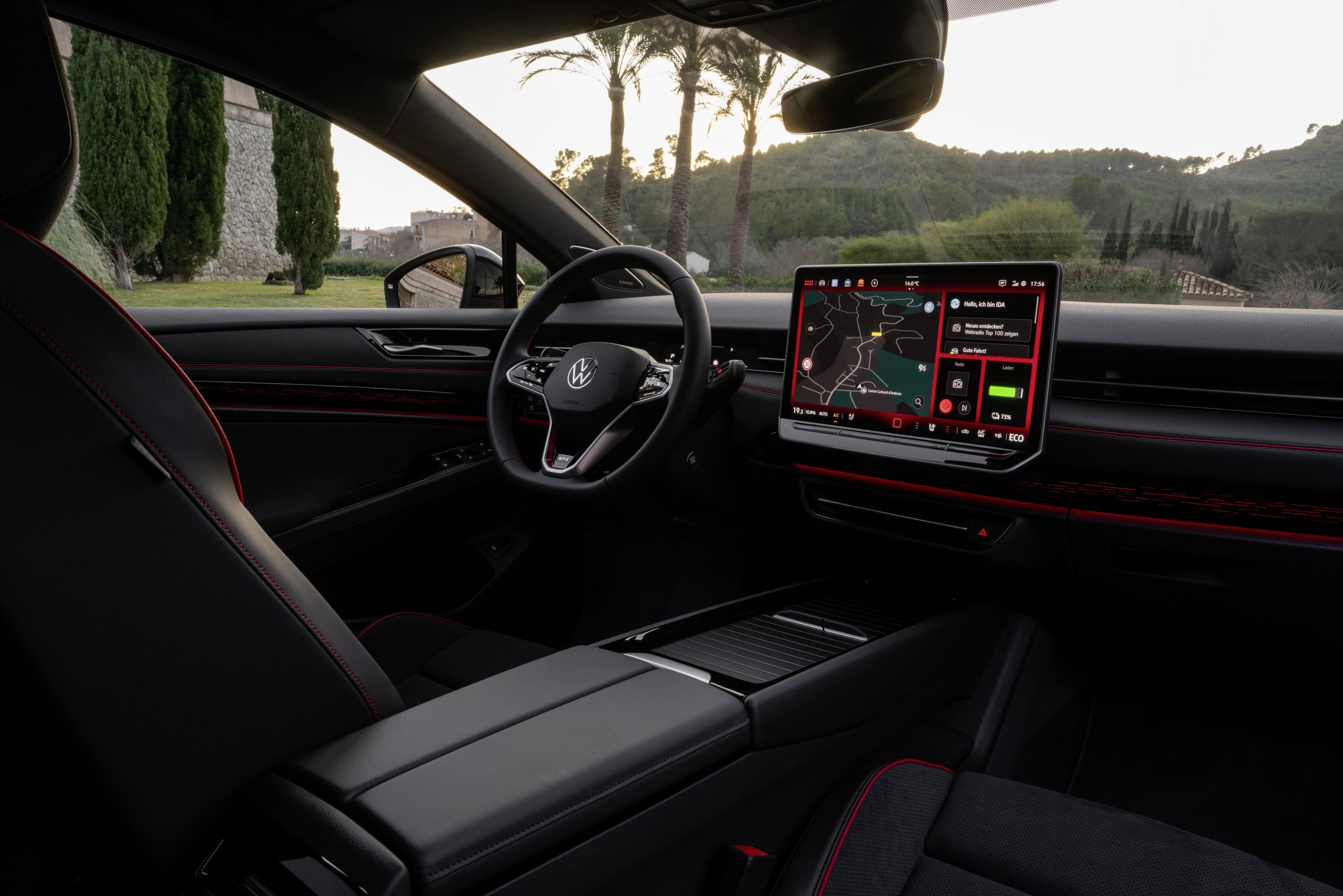





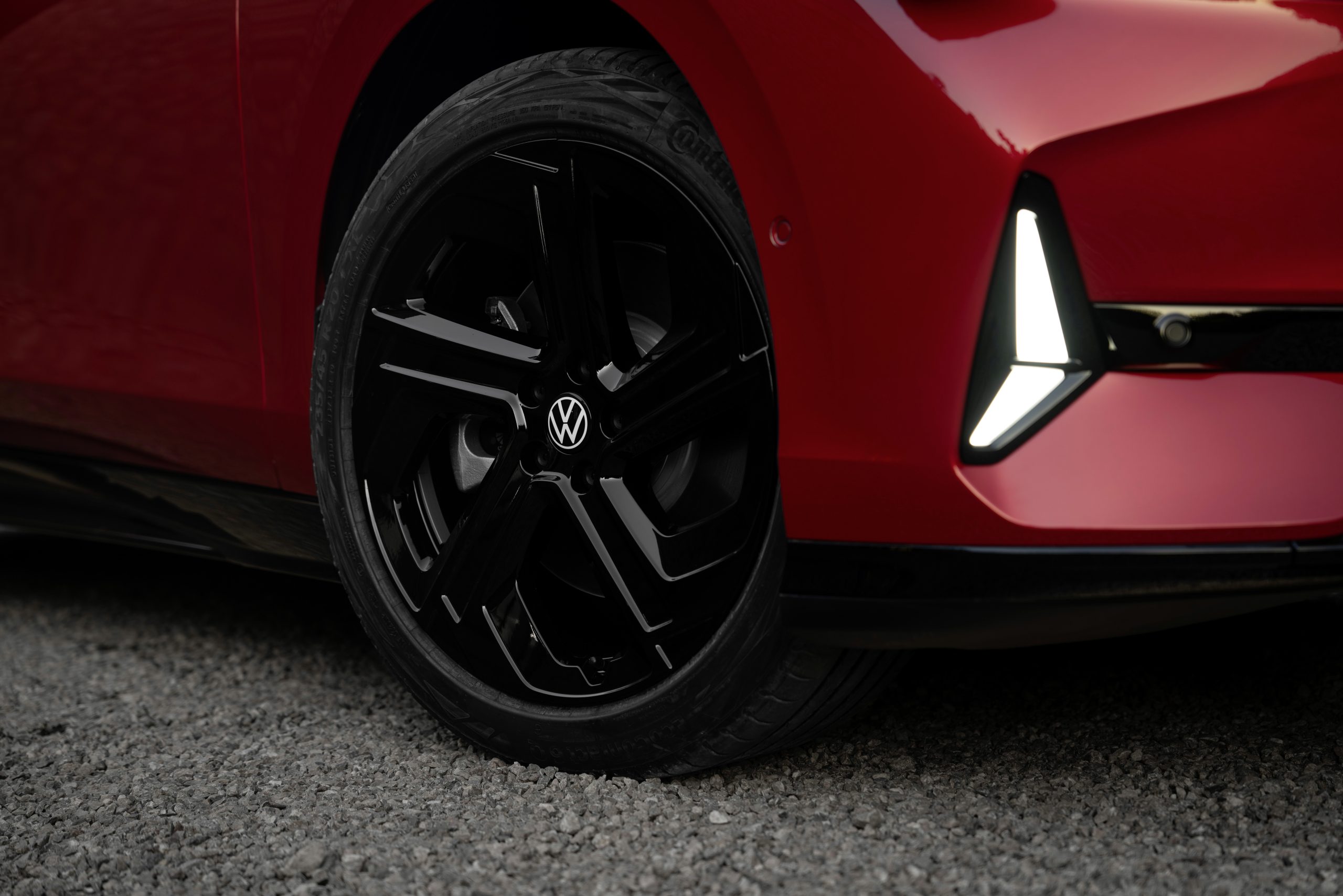
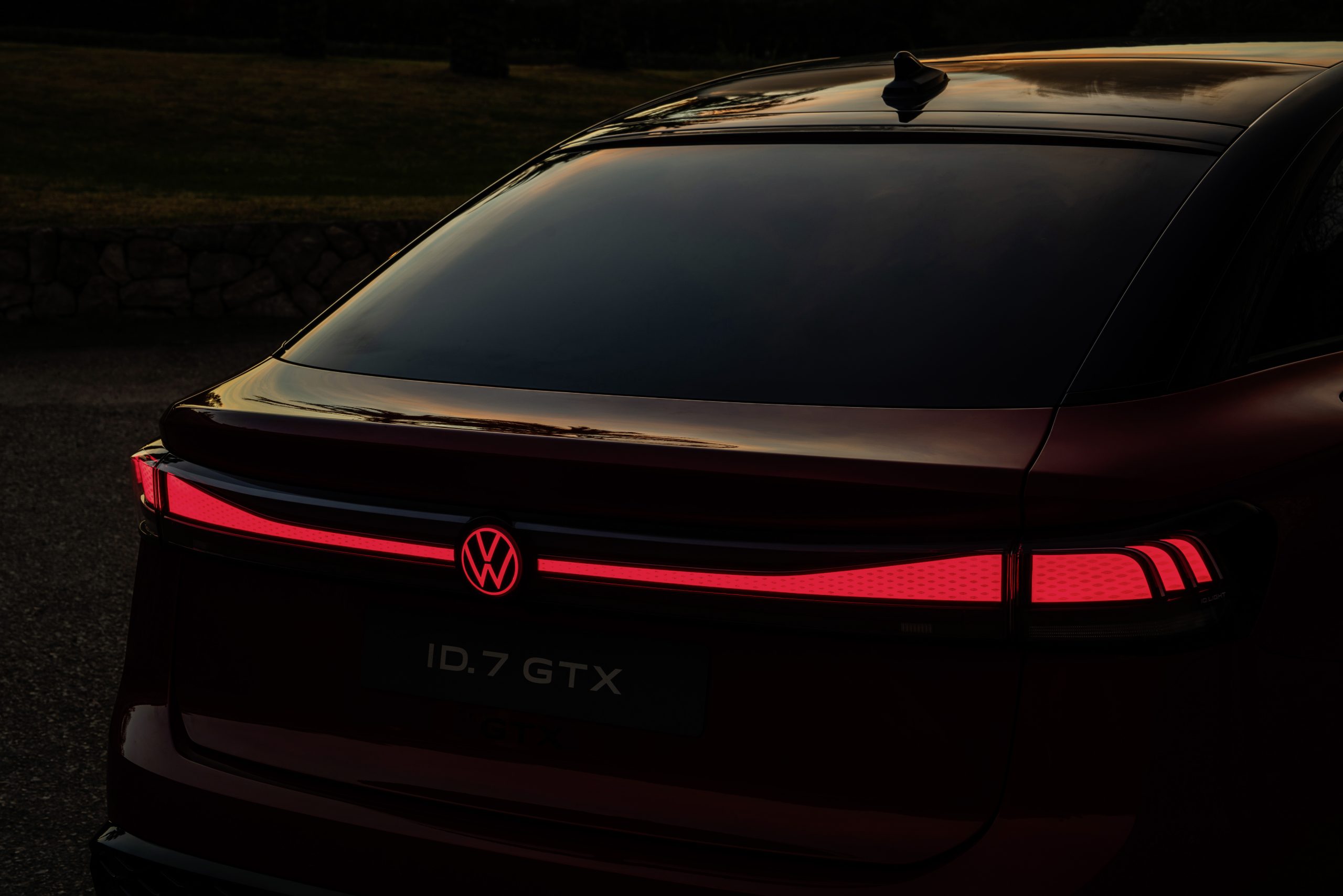
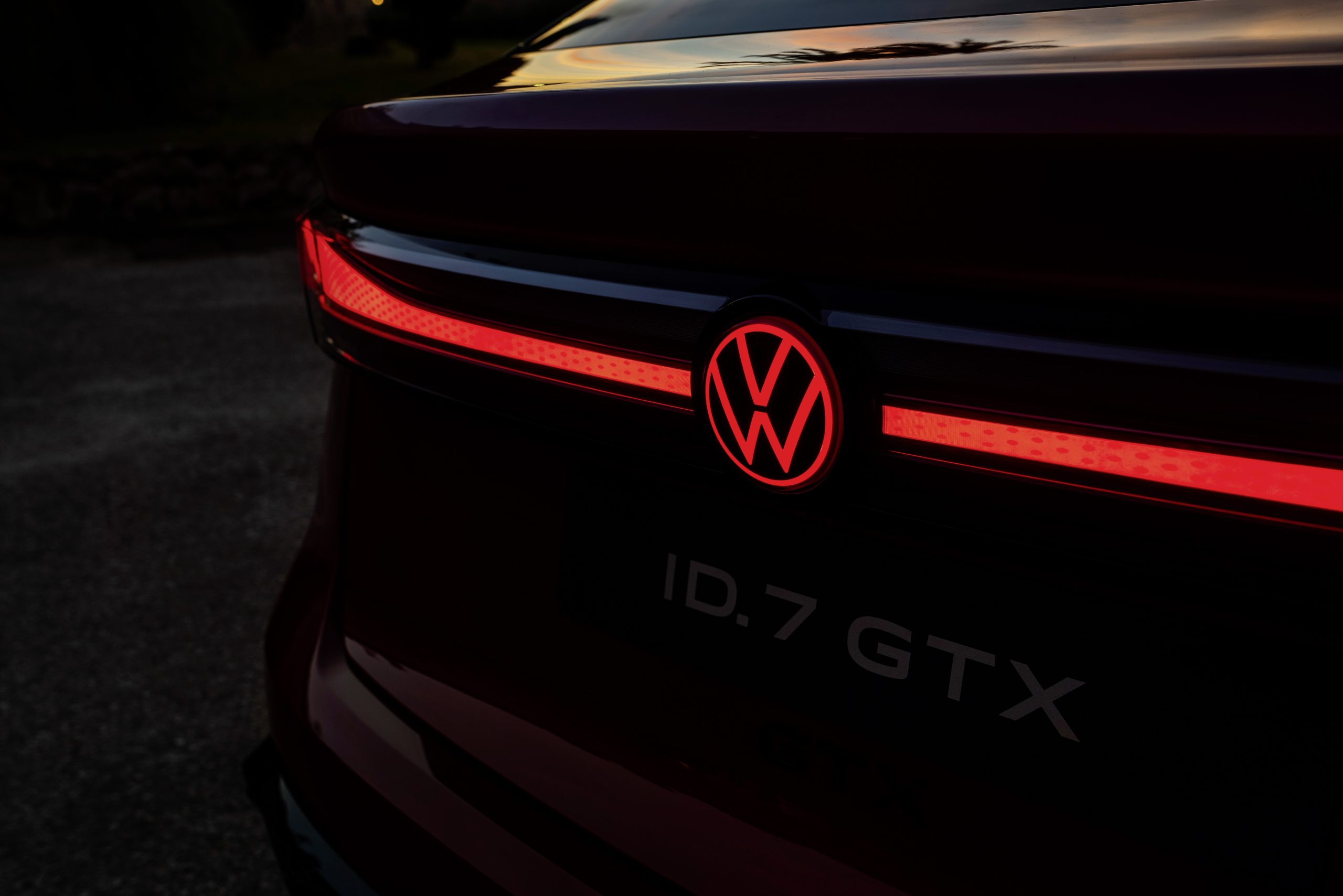

- Range determined on the rolling road test bed in accordance with the Worldwide Harmonized Light Vehicles Test Procedure (WLTP) in the most range-favourable equipment variant. The actual WLTP range values may differ depending on the equipment. The actual range achieved under real conditions varies depending on the driving style, speed, use of comfort features and auxiliary equipment, outside temperature, number of passengers/load, topography and the ageing and wear process of the battery.
- ID.7 Pro S – Combined power consumption 16.2–13.6 kWh/100 km; combined CO2 emissions 0 g/km; CO2 class: A. Information on consumption, CO₂ emissions and CO₂ classes in ranges depending on the selected equipment of the vehicle.
- ID.7 GTX – Combined power consumption 18.4–16.2 kWh/100 km; combined CO2 emissions 0 g/km; CO2 class: A. Information on consumption, CO₂ emissions and CO₂ classes in ranges depending on the selected equipment of the vehicle
- ID.7 GTX Tourer – Combined power consumption 18.8–16.6 kWh/100 km; combined CO2 emissions 0 g/km; CO2 class: A. Information on consumption, CO₂ emissions and CO₂ classes in ranges depending on the selected equipment of the vehicle
- ID.7 Tourer Pro S – Combined power consumption 16.6–14.0 kWh/100 km; combined CO2 emissions 0 g/km; CO2 class: A. Information on consumption, CO₂ emissions and CO₂ classes in ranges depending on the selected equipment of the vehicle
- Equipment details apply to the model range available in Germany.
- To use Park Assist Pro for remote-controlled parking, you will need to download the VW Park Assist Pro app from Volkswagen AG. The terms of use must be accepted in the app before using the function for the first time. The app is designed for iOS devices (iOS 15 or later; iPhone 6s or later). When used with other devices, especially Android devices, there may be limitations in establishing the Bluetooth connection or its stability, depending on the operating system and model of the mobile device. If this happens, it will not be possible to carry out the parking manoeuvre remotely, or else the manoeuvre will be cancelled.





